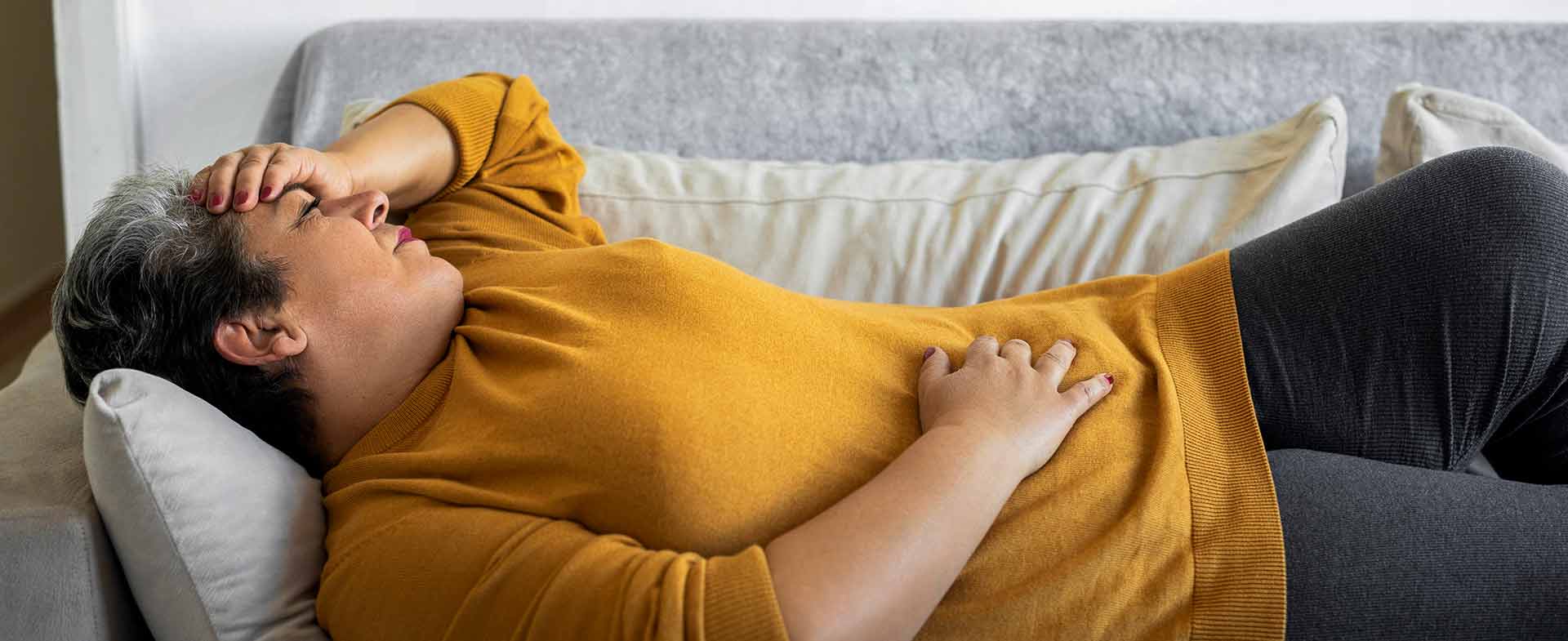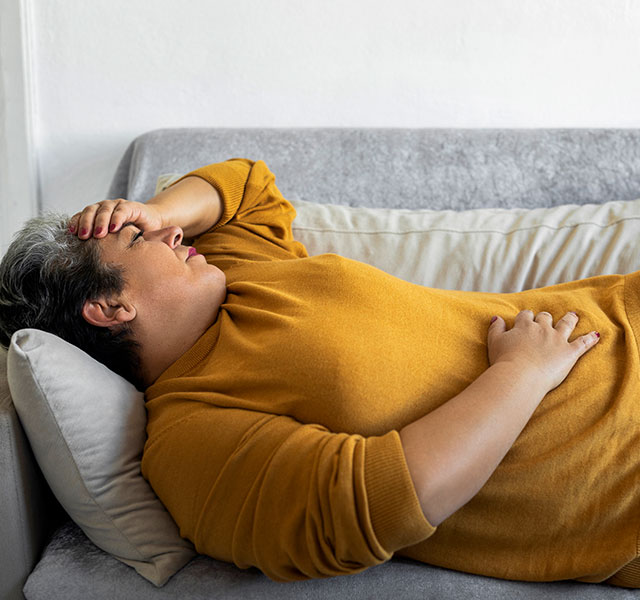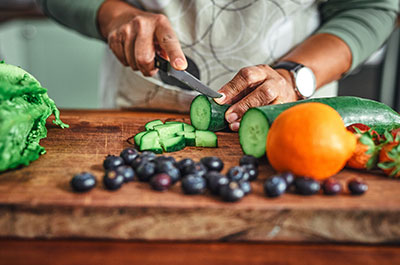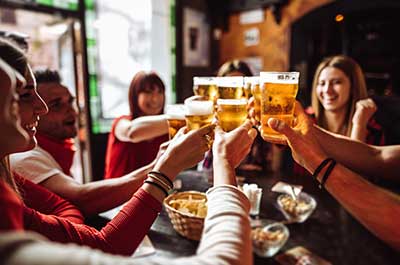The gallbladder is a pear-shaped pouch, about 3 inches long, at the base of your liver. Its job: To collect and store bile (digestive fluid) that’s made in your liver.
“During digestion, our bodies use bile to break down fat from food, which can be taken into the body by the digestive tract,” says Mazen Elatrache, M.D., a gastroenterologist at Henry Ford Health. “Since your body doesn’t need bile in between meals, when you’re not eating, the liver stores it in the gallbladder.”
Gallstones develop when substances in the bile harden and form deposits. Gallstones (also called cholelithiasis) are hard, pebble-like deposits that range in size from grains of sand (what doctors call sludge) to the size of a golf ball. Based on what makes up these stones, they can be one of three types:
- Cholesterol stones: These stones are the most common type of gallstones. Cholesterol gallstones vary from light yellow to dark green or brown in color.
- Pigment stones: These stones are composed primarily of bilirubin and calcium salts. Bilirubin is a natural byproduct that’s created when your liver breaks down red blood cells. Conditions like liver cirrhosis and certain blood disorders can increase the risk of developing pigment stones.
- Mixed stones: These stones contain a combination of cholesterol, bilirubin and calcium salts and are common with biliary tract infections.
What Are The Symptoms Of Cholelithiasis?
Most gallstones don’t cause any problems. In fact, many people don’t even realize they have them. If stones are not causing trouble, they don’t require medical treatment. Some people with gallstones have belly pain, especially after eating a fatty meal.
Gallstones can sometimes make their way out of the gallbladder and into the bile duct. Your bile duct is a tube that transports bile from your liver to your small bowel. A gallstone lodged in the bile ducts can cause bile to back up and can result in inflammation of the liver or a life-threatening infection. Symptoms of blocked bile ducts include:
- Sudden, severe pain in the right upper portion of your abdomen
- Loss of appetite
- Nausea and vomiting
Without treatment, symptoms can worsen and include:
- Clay-colored stools
- Dark urine
- Fevers and chills
- Itchy skin
- Jaundice (yellowing of your skin and eyes)
Who Is At Risk Of Developing Gallstones?
Gallstones can occur in anyone at any age. They are most common in people who are over the age of 40, however. Other risk factors for developing gallstones include:

- Assigned female at birth
- Certain blood disorders, like leukemia or sickle cell anemia
- Diabetes
- Family history of gallstones
- High-fat and high-cholesterol diets
- Liver disease
- Native American ancestry
- Overweight/obesity
- Pregnancy
- Rapid weight loss
- Taking medications that contain the female hormone estrogen, include the birth control pill
Can You Prevent Gallstones?
Healthy lifestyle choices can help reduce your risk of developing gallstones:
- Maintain a healthy weight.
- Eat a diet rich in whole fruits and vegetables, legumes, nuts and seeds.
- Limit fried and fast food, red meat, and other foods that are high in saturated fat and cholesterol.
- Lose weight gradually. Rapid weight loss and skipping meals can encourage the formation of gallstones.
What Should You Do If You Suspect Gallstones?
Only about one-fourth of the 10% to 15% of Americans who have gallstones ever require treatment.
“If you’re not having any symptoms, there’s no reason to check whether you have gallstones,” Dr. Elatrache says. But if you’re having a gallbladder attack, meaning you feel severe pain in your upper right abdomen, it’s important to get treated right away.
In most cases, the most effective solution is to remove the gallbladder during surgery. Fortunately, your digestive system can function without a gallbladder. Without that pouch, bile will flow directly from your liver into your small intestine. If you have blocked stones in your bile duct your doctor may recommend a minimally invasive procedure to remove them.
It may take a few weeks for your digestive system to adjust to functioning without a gallbladder. During that transition period, it’s best to avoid rich and fatty foods.
Reviewed by Dr. Mazen Elatrache, a gastroenterologist who sees patients at Henry Ford Hospital in Detroit.



